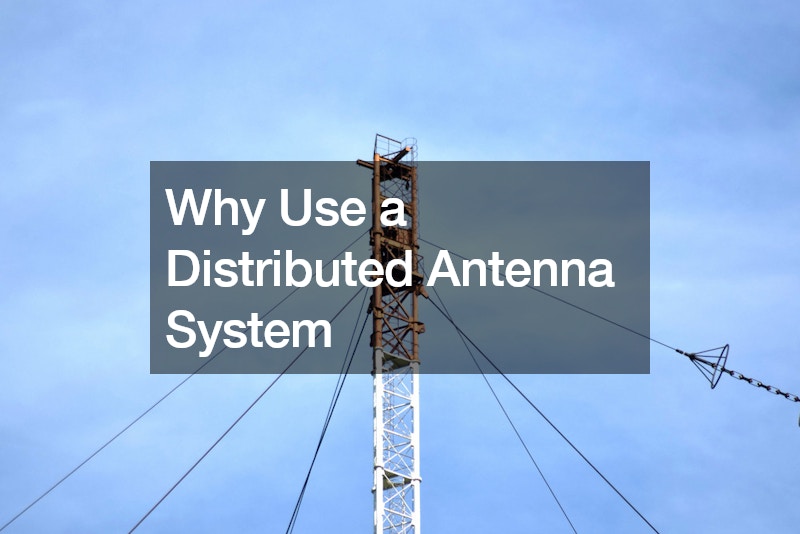A distributed antenna system (DAS) helps gain better wireless reception to unserviceable locations. The accompanying video confirms the system best serves large commercial buildings, convention centers, stadiums, or arenas, which all have trouble accessing reliable cellular service. The concept might be difficult to understand, but the results are outstanding.
1) What is DAS?
DAS involves implementing a series of small antennas to provide wireless cellular coverage instead of one large antenna sitting atop the structure. Often, the system is used in locations that have unreliable reception. It has grown popular among commercial building owners because DAS is simple to install and distribute multiple wireless carriers throughout the heavily populated venue.
2) The Benefit of Having DAS
Commercial building owners gain a benefit when electing to install DAS for better wireless connection. Often, large buildings’ cellular networks become overloaded with high traffic, which results in poor coverage. DAS acts like a hub for a network of antennas that provide reliable cellular coverage for several carriers. It eliminates each network carrier from having its antenna on top of the roof.
3) How DAS Distributes The Signal
DAS offers two modes (passive or active) to choose from. Passive DAS sends a signal from one location to another over coaxial wires and splitters. It is a simple setup, but passive DAS does not limit network access to users. Active DAS converts the signal from a series of antennas without delay. The use of fiber optic cables excels the conversion rate.
.

















